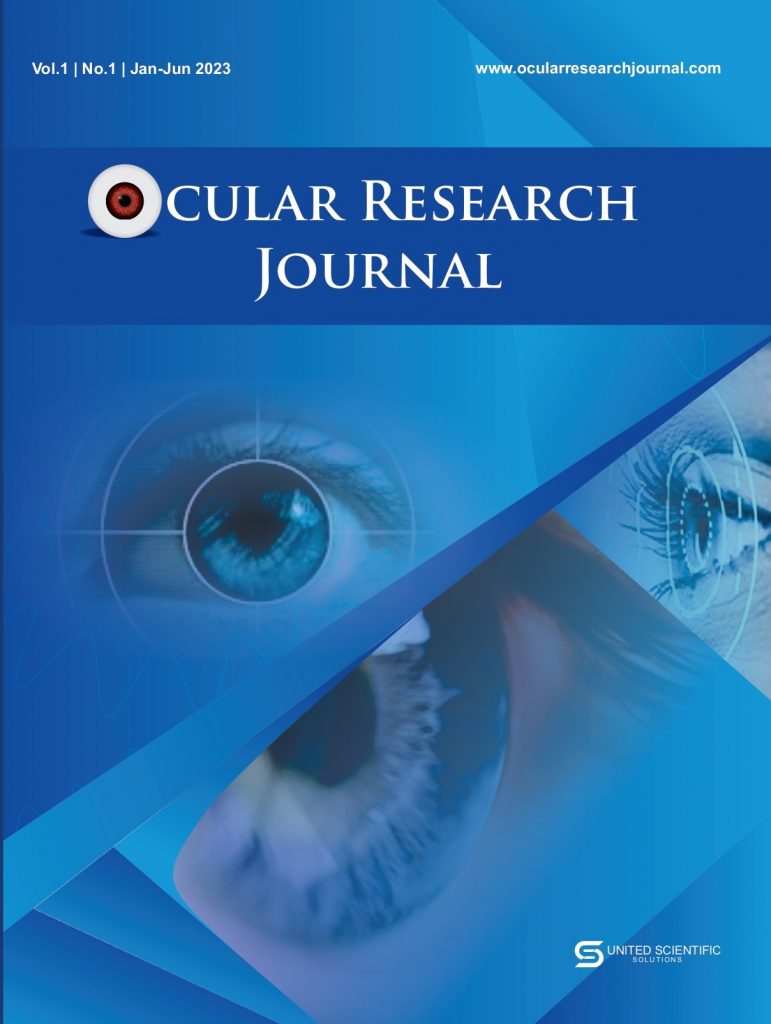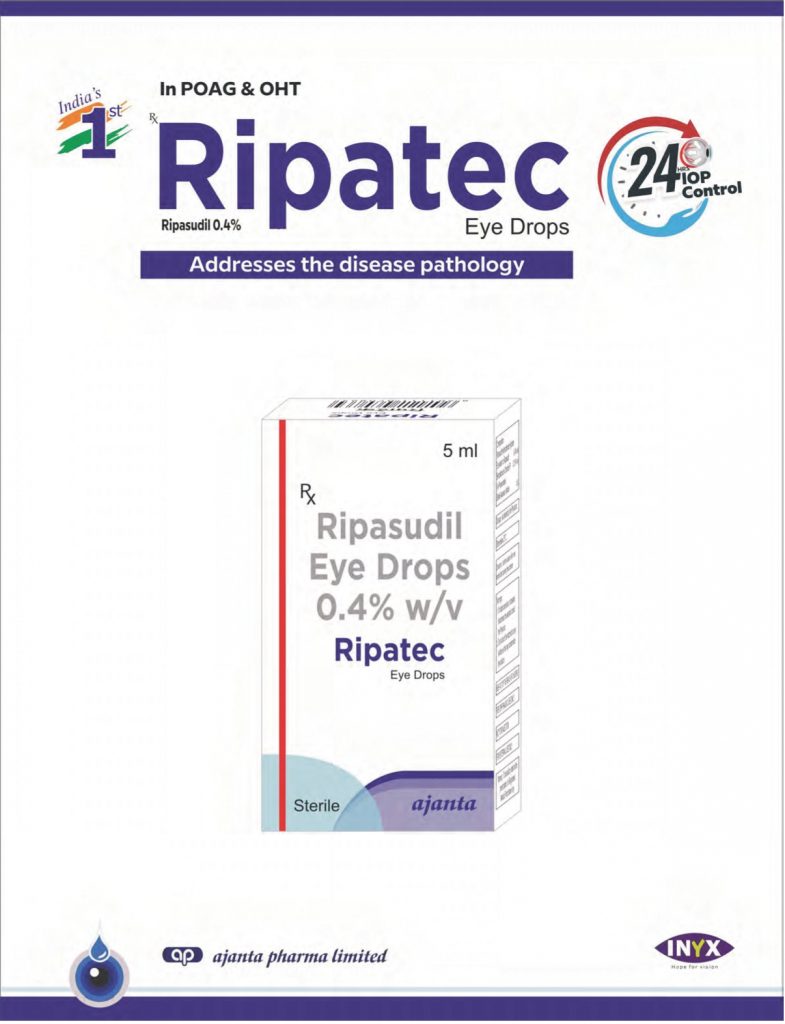

Ocular Research Journal (ORJ) aims to be a comprehensive platform for the publication of cutting-edge research, clinical advancements, and scholarly contributions that significantly contribute to the field of ophthalmology. ORJ strive to foster collaboration, advance knowledge, and improve patient care through the dissemination of high-quality scientific articles and discussions.
Explore Ocular Research Journal (ORJ:
- Latest Research Articles: Stay informed about groundbreaking studies on retinal diseases, glaucoma, cataracts, and more.
- Case Reports: Discover practical insights from real-world clinical scenarios.
- Review Articles: Gain comprehensive overviews of advancements in ocular pharmacology, surgical techniques, and diagnostic tools.
- Special Focus on Emerging Topics: Including artificial intelligence in ophthalmology, telemedicine, and regenerative medicine.
Why Choose ORJ?
- Global Contributions: Featuring studies from leading researchers in ophthalmology worldwide.
- Open Access: Ensuring knowledge is accessible to everyone in the eye care community.
- Rigorous Peer Review: Guaranteeing accuracy and scientific integrity.
- Peer- reviewed: Yes
- Frequency: Bi annual
- Indexed: Yes
- Publication Language: English
Latest Articles
Original Article
Original Article l N. Kandaswamy, Vivek Balaji, Arunkumar Subbiah, Suresh Mani, Karthikeyan Mahalingam,Ragul Ganesh
Mucormycosis epidemic within the COVID-19pandemic in India: An infodemiology study
Original Article l N. Kandaswamy, Vivek Balaji, Arunkumar Subbiah, Suresh Mani, Karthikeyan Mahalingam,Ragul Ganesh
Review Article
Review Article l Pranessh Ravi
Scheimpflug Principle in Ophthalmology: A Deep Dive into Its Utility
Review Article l Pranessh Ravi
Case Report
Case Report l Prasanna Venkatesh Ramesh, Muhammed Ashiqu, Aji Kunnath Devadas, Anugraha Balamurugan
Capturing clarity: Lens dislocation unveiled through multimodal imaging
Case Report l Prasanna Venkatesh Ramesh, Muhammed Ashiqu, Aji Kunnath Devadas, Anugraha Balamurugan
Case Report
Case Report l Aashna Doshi, Anujeet Paul, Subhav Ramnani
Incomplete presentation of Bardet–Biedl syndrome with atypical retinitis pigmentosa
Case Report l Aashna Doshi, Anujeet Paul, Subhav Ramnani
Editor-in- Chief
Shibal Bhartiya
Clinical Director, Ophthalmology,
Program Director, Community Outreach & Wellness, Marengo Asia Hospitals, Gurgaon, Haryana, India.
shibalbhartiya@gmail.com


